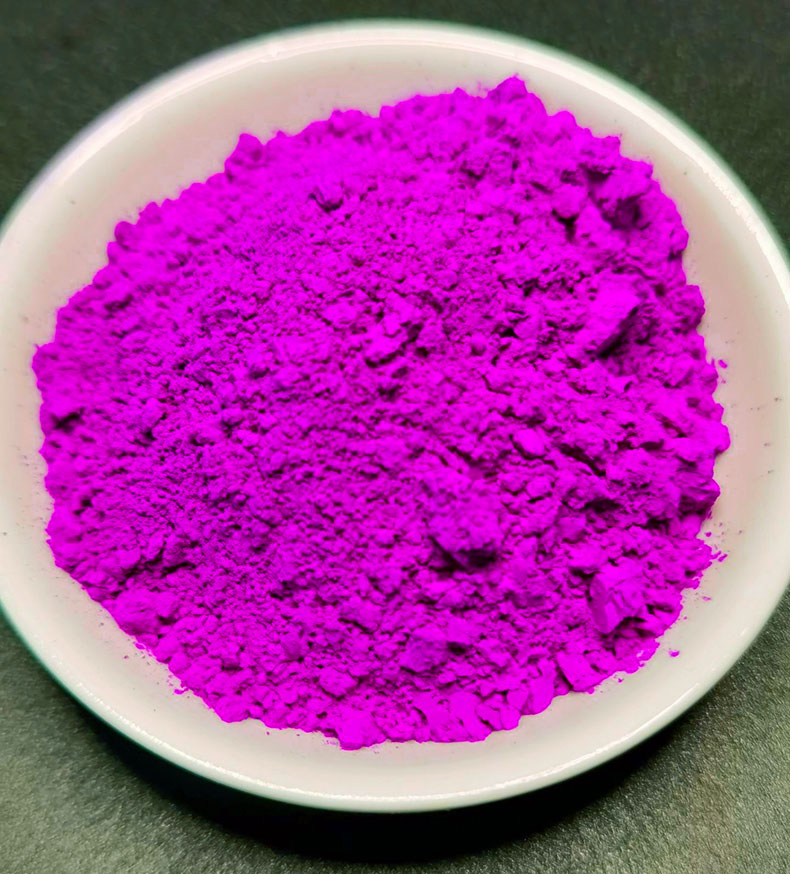Polyester inventory is reasonably low, rising prices stimulate downstream stocking
The Chinese Lunar New Year is approaching. It is customary for some weaving manufacturers to stock up in advance before the Chinese Lunar New Year. On the one hand, this is to ensure production after the new year. On the other hand, according to the seasonality of previous years, the price of raw materials will generally increase after the new year, so stock up in advance. A certain price difference can be earned from it to increase production profits. Therefore, this article uses the upstream and downstream inventories of the polyester chain as the main observation point, combined with fundamental data such as construction starts, to make certain predictions about market demand and product price trends before and after the Chinese Lunar New Year.
First of all, for downstream manufacturers, there are generally three factors that affect the willingness to replenish inventory: first, the actual demand situation, which will use the current order volume to predict the situation of spring and summer orders in the coming year, thereby generating different replenishment needs; second, It is a prediction of the current price and future price trends. Generally speaking, there is a strong "buy up, not buy down" mentality in the industry. If the price rise was strong enough a year ago, in order to prevent the price from rising too high, there will be certain Hedging demand for goods hoarding. On the contrary, if the price was on a downward trend a year ago and the market as a whole expected that the price would still fall, there would be a strong willingness to wait and see. Third, upstream manufacturers often conduct promotions, reluctance to sell, etc. based on inventory pressure and market conditions, which will also affect downstream willingness to replenish inventory. Of course, the three factors often do not affect the market alone. More often, various factors are superimposed, causing manufacturers to make different judgments and choices. Observing the polyester market, we can find that this round of Chinese Lunar New Year stockings will be started around January 20, with texturing factories taking the lead. According to research, the Chinese Lunar New Year holiday time for textile manufacturers in 2024 will be around January 25. From a time perspective This time the stocking is ahead of schedule.
Polyester inventories are reasonably low before the holiday, and rising prices stimulate downstream stockings in advance
The direct reason for this round of advance stocking is that the price of polyester products has increased, which has led to downstream companies expecting prices to rise and stocking up in advance to reduce costs. First of all, the recent stabilization and rise in crude oil prices has supported the rebound of polyester raw materials, and the stability of costs has guaranteed the market price. Secondly, comparing the inventory levels of polyester filament in the past five years, the current inventory of polyester filament is in a downward trend, and lower inventory levels provide certain support to the market. In addition, it is expected that advance stocking due to rising prices will further increase the decline in inventory levels, and inventory levels will be at a reasonably low level this week. With the holiday approaching and the combined impact of price and inventory, this week will usher in the peak of stocking, and manufacturers who are on holiday next week will also consider getting goods this week. With the support of market demand, the market price is more likely to rise further.
The first quarter is expected to be warmer, and demand is more likely to improve after the holidays
Looking at 2023, the overall market demand will show a pattern of “strong internally and weak externally”. Domestic retail sales of clothing products increased by 12.9% cumulatively, ranking first among retail sales. Exports are weaker than the domestic market, but textile and clothing exports rebounded more than expected in December. Textile exports achieved positive year-on-year growth in a single month, with the total exports of the two reaching US$25.27 billion. Basically the same as last year, exports have gradually bottomed out and stabilized. This has brought a successful end to the exports of the textile and clothing industry in 2023 and has also produced a good boost to the demand in the export market in 2024. Moreover, according to market news, the order situation in overseas markets has improved before the year, and downstream companies are increasing their efforts to complete orders. Although there will not be many orders after the year, based on the gradually improving market situation, market expectations in the first quarter It is warmer, and demand is more likely to improve after the holidays, which also supports the stocking behavior of weaving manufacturers.
Inventory suppression has a small effect, and the willingness to raise prices after the holiday is strong
At present, the start-up of polyester products is at a high level, but the inventory continues to decline, indicating that the downstream digestion capacity of polyester is acceptable. In addition, there are fewer polyester maintenance plans announced during the Chinese New Year this year, and most of them are postponed to mid-February. The strong supply has led to a certain accumulation of inventory in February. However, as mentioned above, downstream demand for textiles and chemical fibers in the first quarter is relatively warm, production and sales in the upstream and downstream of the industrial chain are relatively smooth, and inventory accumulation has a small suppressive effect on industrial chain prices. It is expected that polyester products will be willing to raise prices after the holiday. Stronger. In terms of polyester raw materials, PX and PTA were affected by high production starts, and the inventory gradually rose to a high level in the same period of five years. However, after experiencing the pressure brought by high inventory in the past two years, companies have improved their ability to accept inventory.
Overall, China's Lunar New Year stocking demand has been brought forward due to the increase in polyester product prices, but the specific stocking intensity remains to be seen. The holiday is approaching and the market fundamentals are superimposed. This week will usher in the peak stocking period; crude oil has stabilized, polyester raw materials have fluctuated upwards, and costs are expected to rise to a certain extent. Overall, market prices are likely to rise. After the holiday, the industrial chain is affected by strong supply and there is a certain expectation of accumulation of inventory. However, it is expected that inventory will not exert much pressure on prices, and the market will have a strong willingness to support prices. The market situation with "strong expectations" after the Chinese Lunar New Year in 2023 will Continue this year.
- Petroleum Coke Market Analysis Analysis of domestic petroleum coke index(December 23, 2024)738
- The Spot Market is under Pressure, and the Decline of Natural Rubber is Emerging879
- Titanium Market Overview(December 26, 2024)656
- Titanium Market Analysis(December 26, 2024)654
- Caustic soda weekly report: Liquid caustic soda market rose and fell, flake caustic soda market rose steadily, and 05 contract increased positions(December 26, 2024)460













